
OUR SUCCESS STORIES
Every agricultural field has unique needs, and every farmer faces distinct challenges.
At Topraq, we are inspired by real experiences in the field, delivering innovative solutions
that enhance agricultural efficiency and promote sustainability.
Explore our success stories showcasing the achievements made through optimized irrigation management and plant nutrition strategies.
Select a category below to see the real-world results achieved by our farmers:

Irrigation Management Success Stories
| Crop Type | Benefits |
|---|---|
| Citrus | Citrus farmer achieved up to 70% water savings and 47% electricity savings, ensuring a productive season with fewer resources. |
| Apple | With sensor-supported irrigation management, apple farmer reduced electricity consumption by 20% and increased yield by 25%. |
| Corn | Corn farmer reduced water usage by 50% and electricity consumption by 56%, optimizing irrigation with fewer resources. |
| Potato | Through irrigation recommendations, potato farmer was able to increase root zone moisture from 20% to 35%, improving water efficiency. |
| Pea | Pea farmer adapted irrigation to plant needs, increasing yield per hectare by 14% and enhancing product quality. |
| Walnut | Walnut farmer optimized irrigation intervals, saving 30% water and improving irrigation efficiency. |
| Olive | By optimizing irrigation management, olive farmerachieved 32% water savings and improved root health by maintaining optimal moisture levels. |
| Blueberry | By monitoring plant-specific irrigation thresholds, blueberry farmer achieved 22% water savings and 18% electricity savings. |
| Cherry | Cherry farmer optimized irrigation based on root water uptake rates, saving 20% water and increasing yield by 13%. |
| Apricot | By monitoring photosynthesis-based water consumption, apricot farmer optimized irrigation timing and achieved 25% water savings. |
Smart Irrigation in Citrus Production
Using T-Irrigate, our citrus farmer achieved up to 70% water savings and 47% electricity savings. This enabled a more efficient season with fewer resources, ensuring optimal irrigation timing and amounts,
while supporting sustainable production.
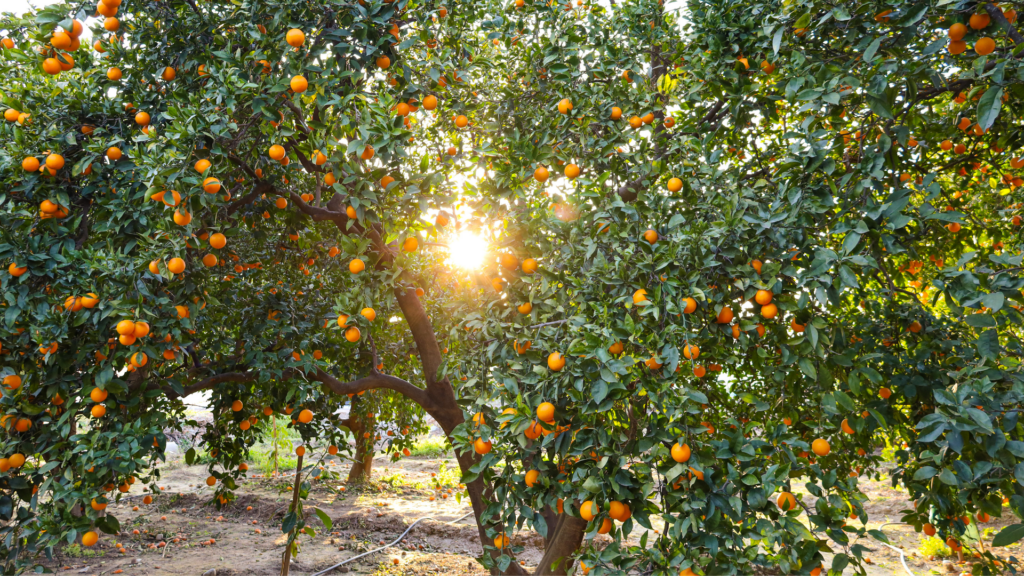
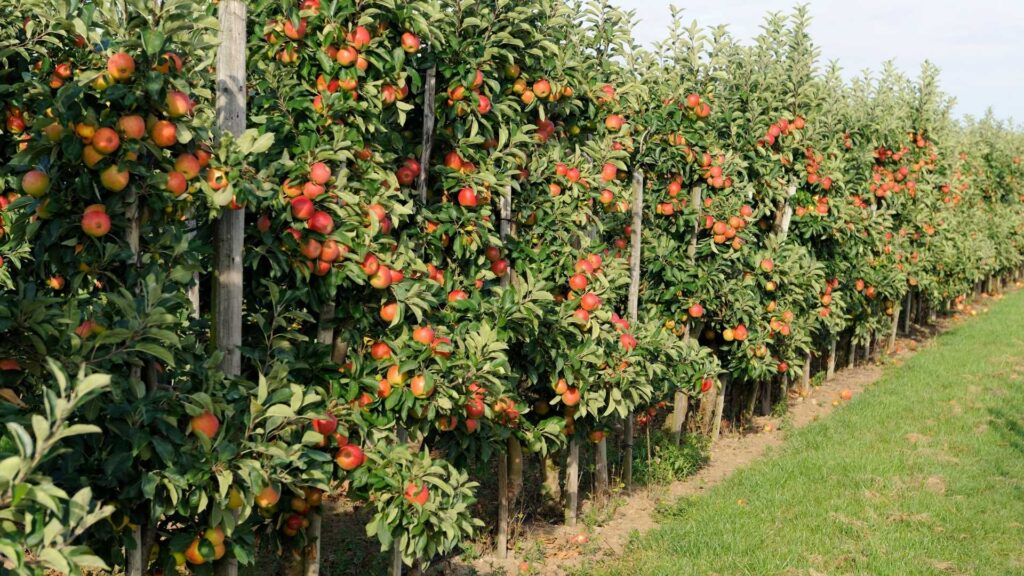
Smart Irrigation in Apple Production
Apple farmer reduced electricity consumption by 20% and increased yield by 25% with T-Irrigate’s smart irrigation management. This allowed for higher efficiency with less energy,
supporting sustainable agriculture.
Smart Irrigation in Corn Production
With T-Irrigate, corn farmer reduced water consumption by 50% and electricity usage by 56%. Irrigation schedules were optimized, enabling a more productive season with fewer resources.
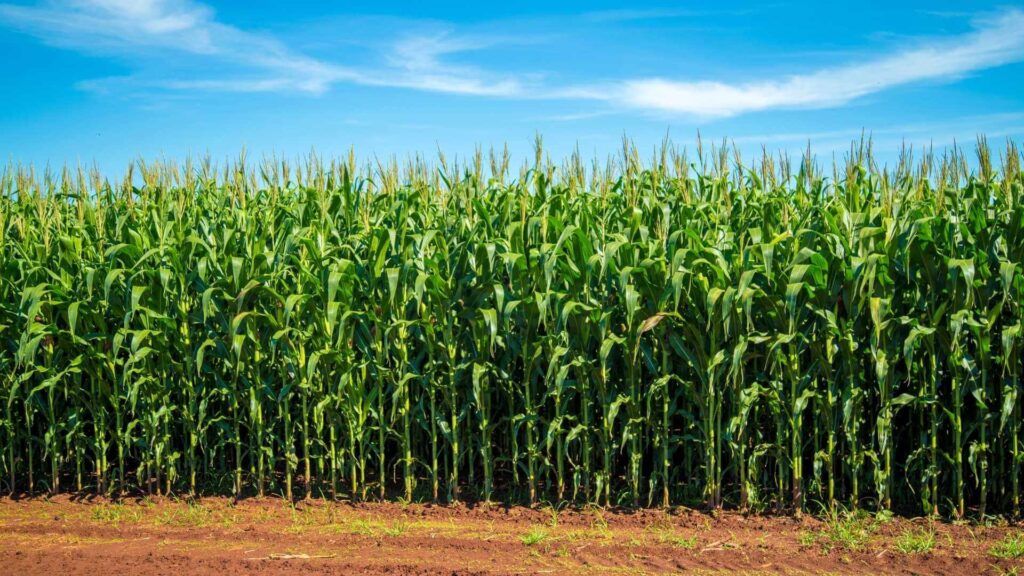
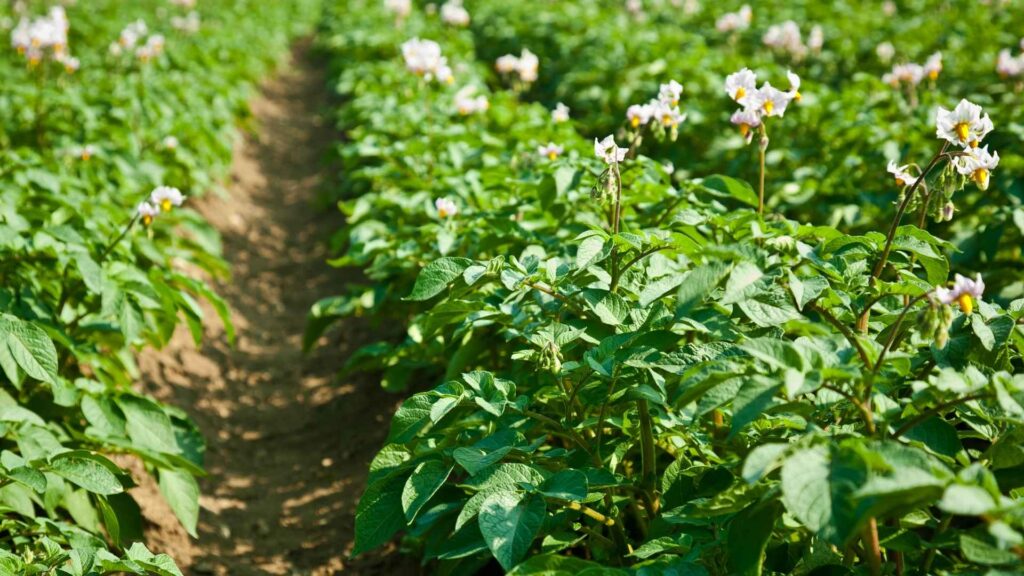
Smart Irrigation in Potato Production
Using a custom smart irrigation management system with T-Irrigate, potato farmer increased root moisture from 20% to 35%,
optimizing water use and promoting healthy plant growth.
Smart Irrigation in Pea Production
By following seasonal irrigation thresholds, pea farmer
increased yield per hectare by 14%. Efficient irrigation scheduling ensured better resource utilization.
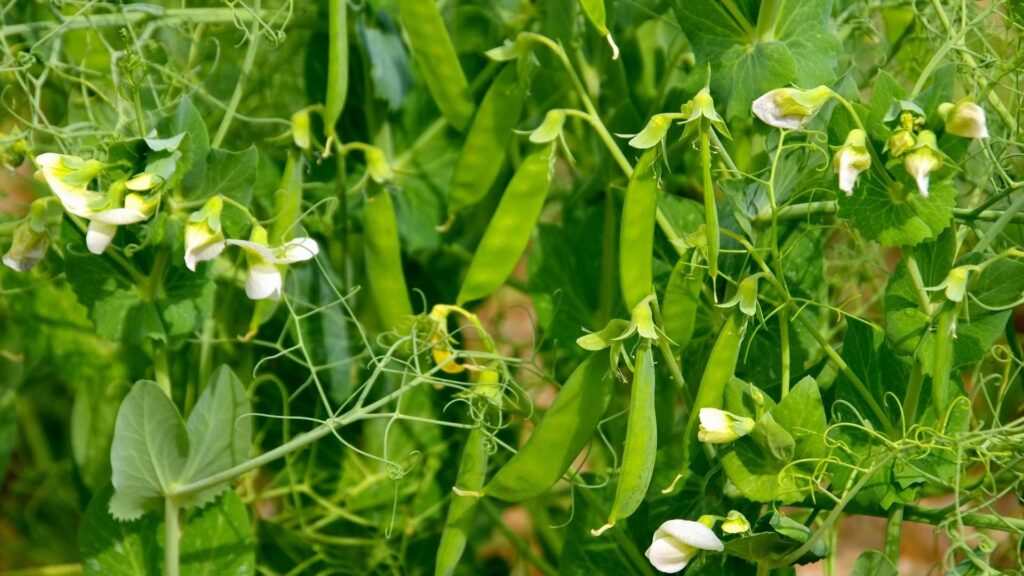
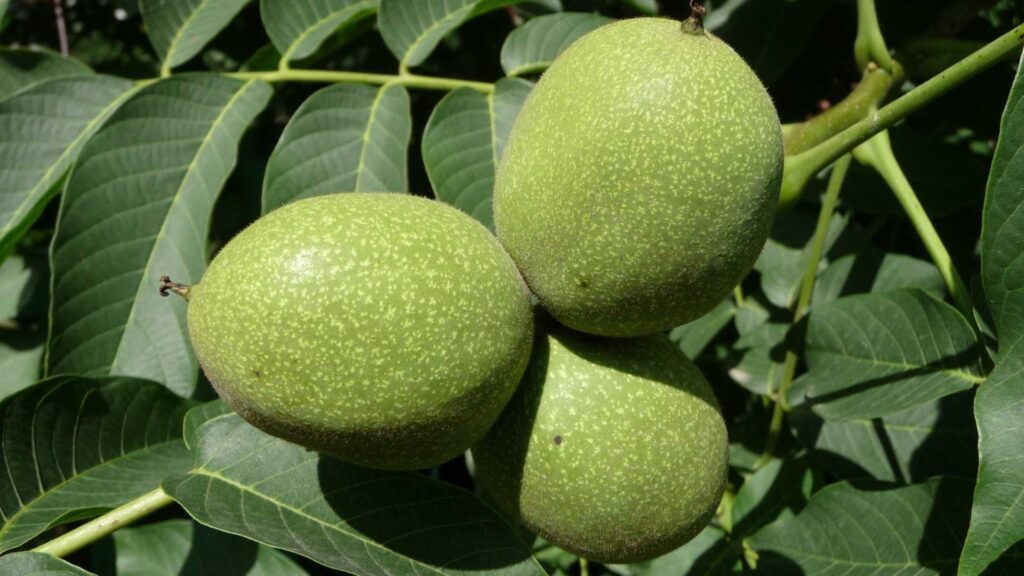
Smart Irrigation in Walnut Production
By utilizing T-Irrigate and PMS data, walnut farmer
optimized irrigation timing, shortened irrigation durations,
and achieved 30% water savings.
Smart Irrigation in Olive Production
By optimizing irrigation based on plant needs, olive farmer maintained ideal soil moisture, extended irrigation intervals, and improved
root health, resulting in 32% water savings.
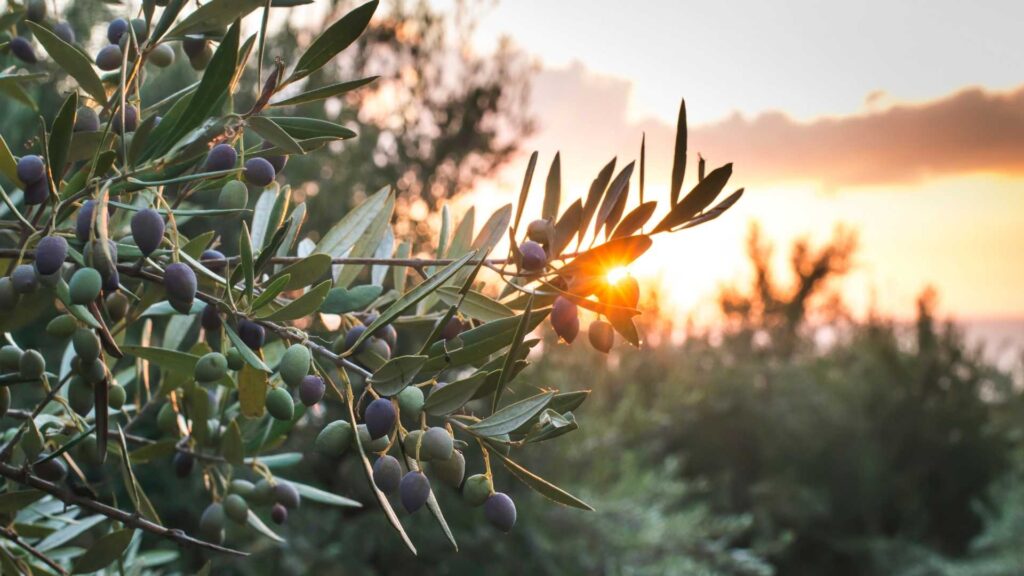
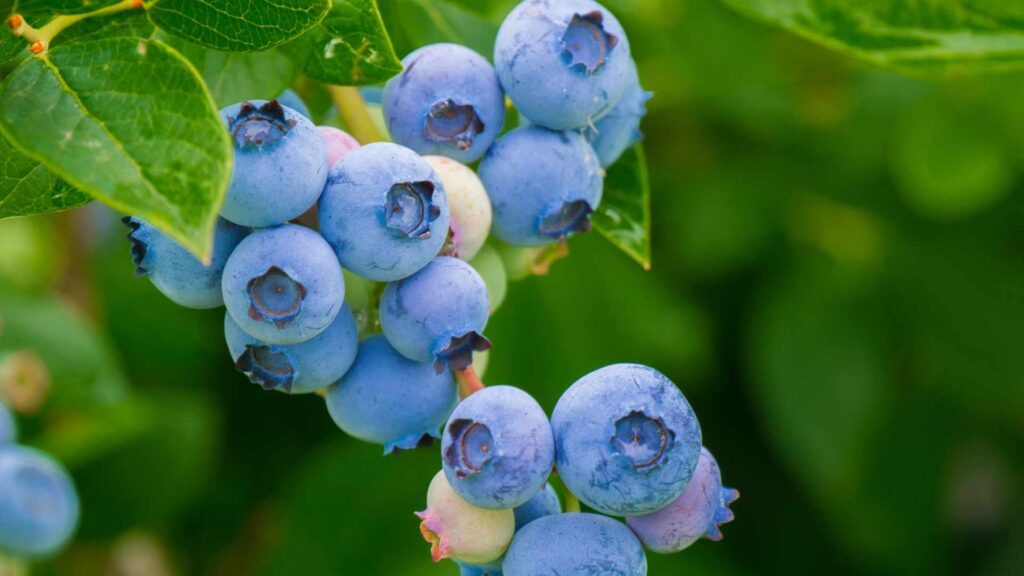
Smart Irrigation in Blueberry Production
Blueberry farmer monitored fertilizer dispersion in the soil and applied fertilization at the right time and amount using sensors. This resulted in 22% water savings and 18% electricity savings.
Smart Irrigation in Cherry Production
With an advanced irrigation optimization system, cherry farmer adjusted irrigation scheduling based on root water absorption rates, achieving 20% water savings and a 13% increase in yield.
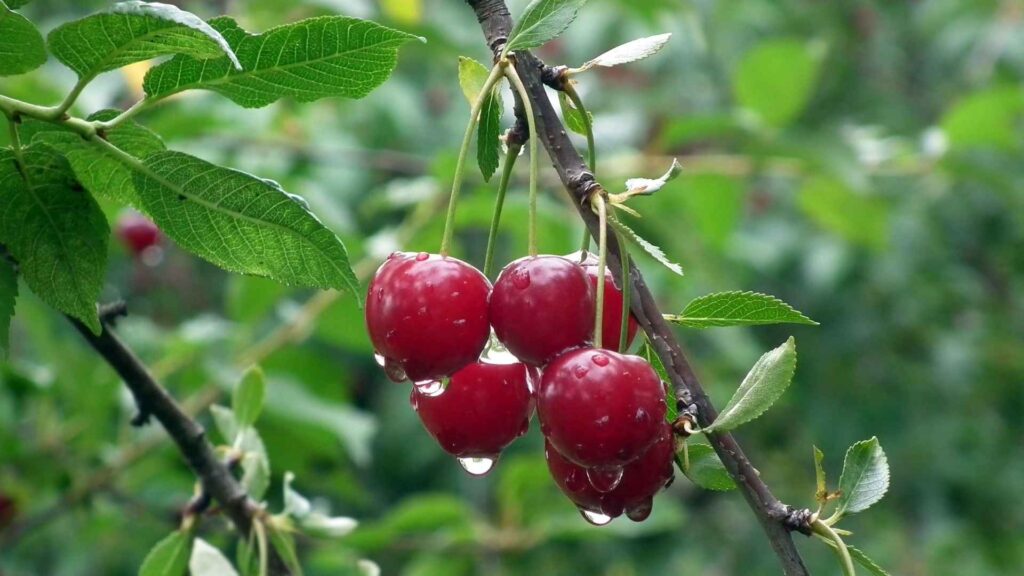

Smart Irrigation in Apricot Production
By optimizing irrigation, apricot farmer reduced water consumption by 25% and cut irrigation duration from 8–8.5 hours to 6 hours. By analyzing root water uptake and moisture index,
irrigation efficiency was significantly improved.

Leaf Sap Analysis Success Stories
| Crop Type | Benefits |
|---|---|
| Mandarin | Fertilizer costs were reduced by 30% while improving fruit yield and quality parameters. |
| Strawberry | Optimized fertilization resulted in 37% fertilizer savings and a 14% yield increase, leading to higher-quality strawberries with a longer shelf life. |
| Olive | Leaf analysis-based nutrient management ensured the plant received the nutrients it needed, enhancing shoot development. |
| Pepper | Nutrient deficiencies were identified and corrected, preventing shape deformities and improving market value. |
| Cherry | Leaf sap analysis helped correct microelement deficiencies, reducing fertilizer costs by 37% and increasing yield by 40%. |
| Apple | Specialized nutrient programs were suggested, but failure to apply them led to early ripening and quality issues. |
| Potato | Custom fertilization programs enhanced root development, leading to healthier and stronger plant growth. |
| Corn | High nutrient levels were detected, and the fertilization program was revised, reducing toxicity and achieving optimal nutrient balance. |
Leaf Sap Analysis in Mandarin Production
A mandarin orchard was divided into two sections, with one managed using leaf sap analysis and smart irrigation. This reduced fertilizer costs by 30%, resulting in a more efficient and high-quality production process.
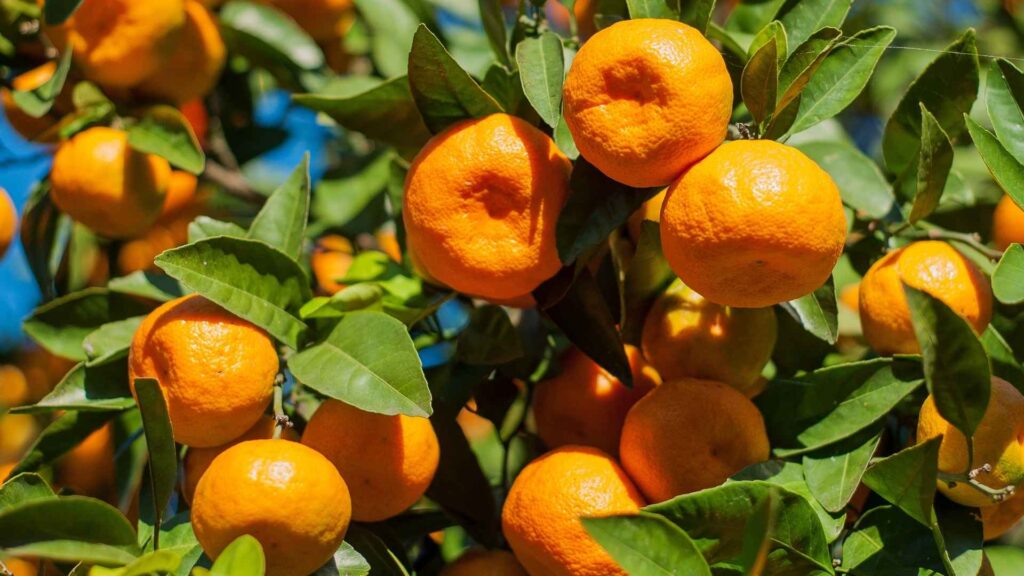

Leaf Sap Analysis in Strawberry Production
By optimizing nutrient management, strawberry farmer reduced fertilizer use by 37% and increased yield by 14%. The result was uniformly sized, high-quality strawberries with a longer shelf life.
Leaf Sap Analysis in Olive Production
By implementing plant-specific nutrient programs, olive farmer enhanced shoot development, achieving ideal nutrient levels
and healthier plant growth.
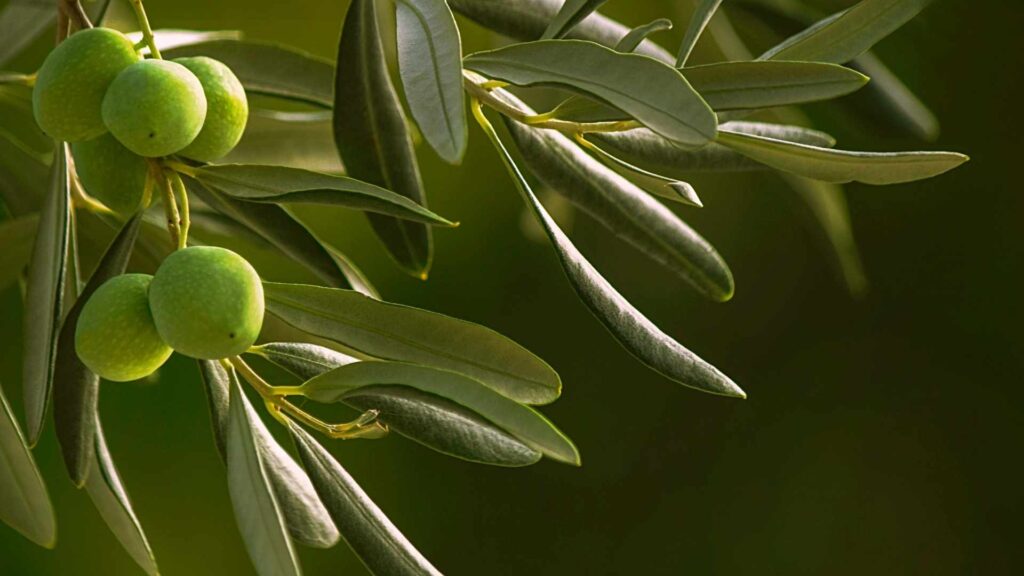
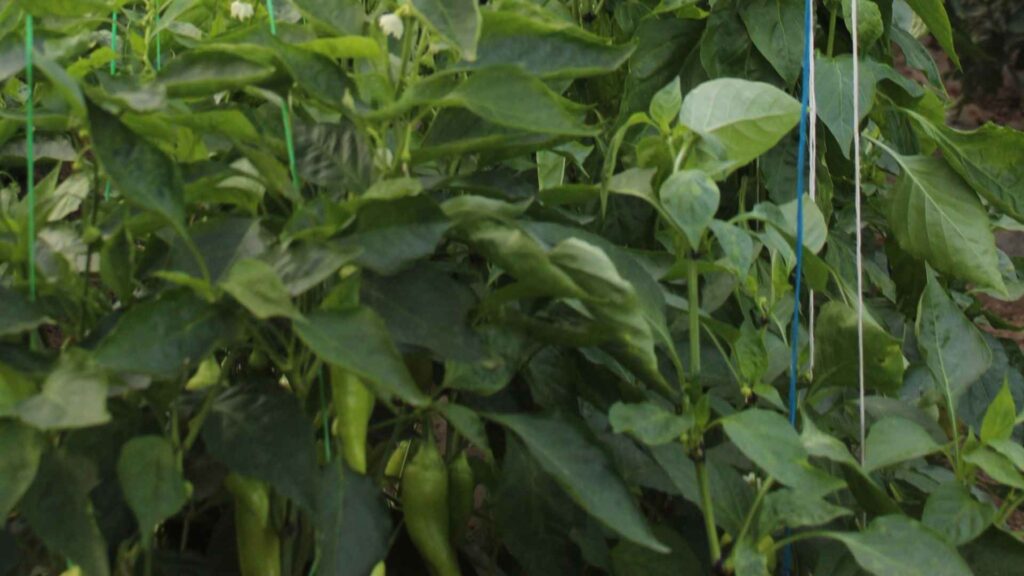
Leaf Sap Analysis in Pepper Production
To prevent shape deformities and market losses, pepper farmer conducted leaf analysis during flowering. With the recommended nutrient applications, deformities were reduced, resulting in
high-value, market-ready produce.
Leaf Sap Analysis in Cherry Production
Cherry farmer used leaf sap analysis to correct microelement deficiencies, reducing fertilizer costs by 37% and increasing yield by 40%. Fruit cracking rates decreased, and 85% of the harvest met export quality standards.
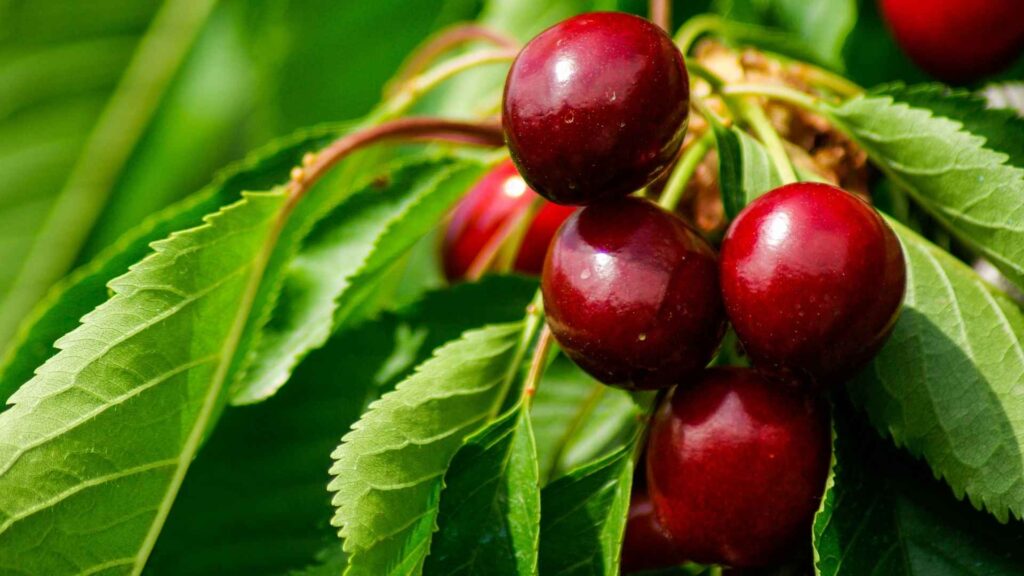
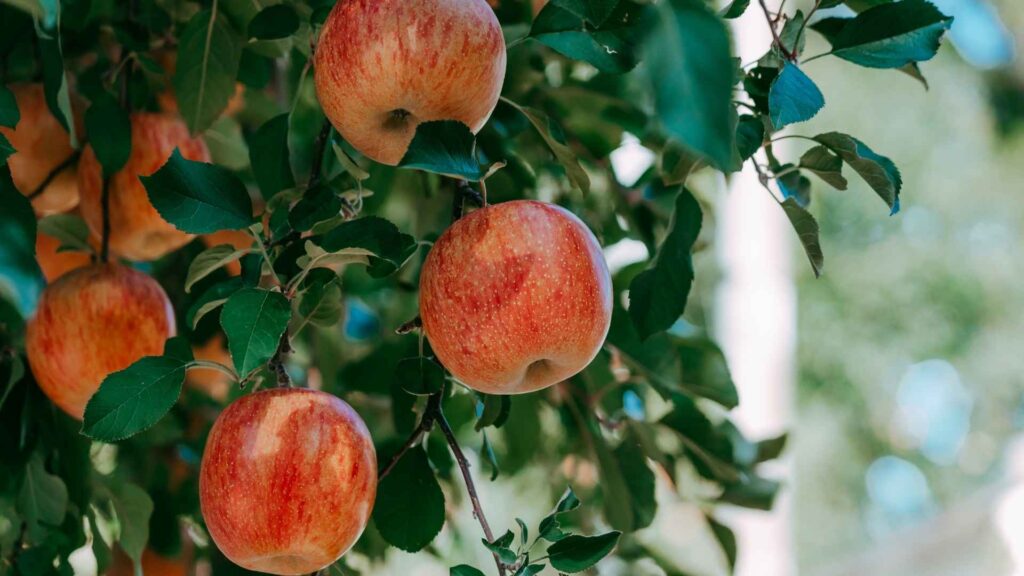
Leaf Sap Analysis in Apple Production
Apple farmer was advised to apply customized plant nutrition programs, but those who did not follow the recommendations experienced early ripening and incomplete fruit development, affecting export quality.
Leaf Sap Analysis in Potato Production
A trial comparing conventional vs. leaf analysis-based fertilization showed that plants under optimized nutrition developed healthier, stronger roots, increasing overall yield and resilience.

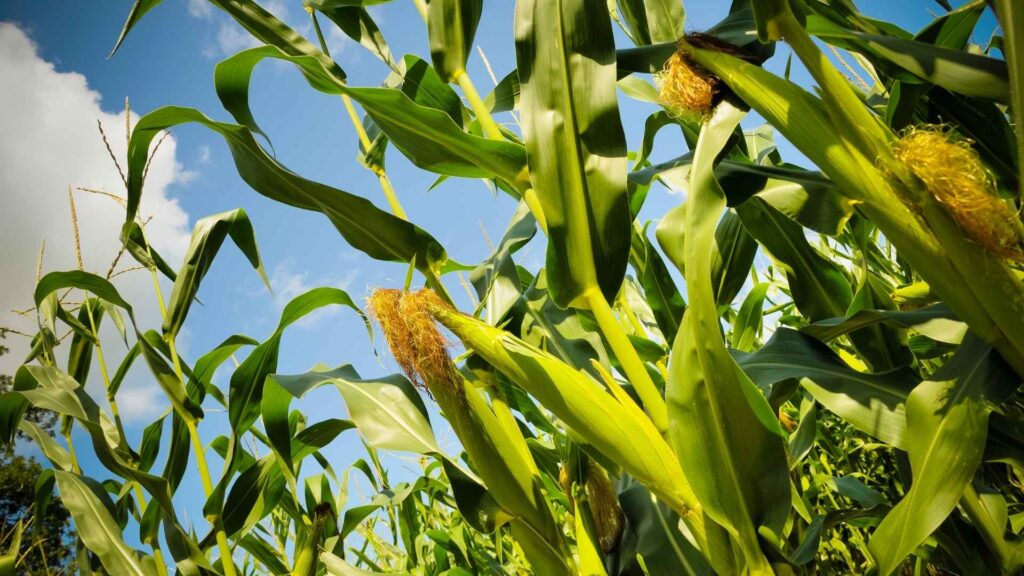
Leaf Sap Analysis in Corn Production
During mid-season, leaf analysis was conducted with corn farmer, leading to customized fertilization plans. This prevented unnecessary nitrogen use, protected plant health, and reduced fertilizer costs.
